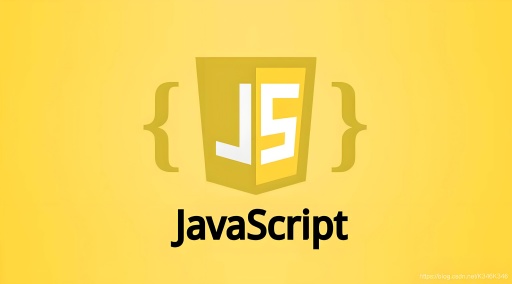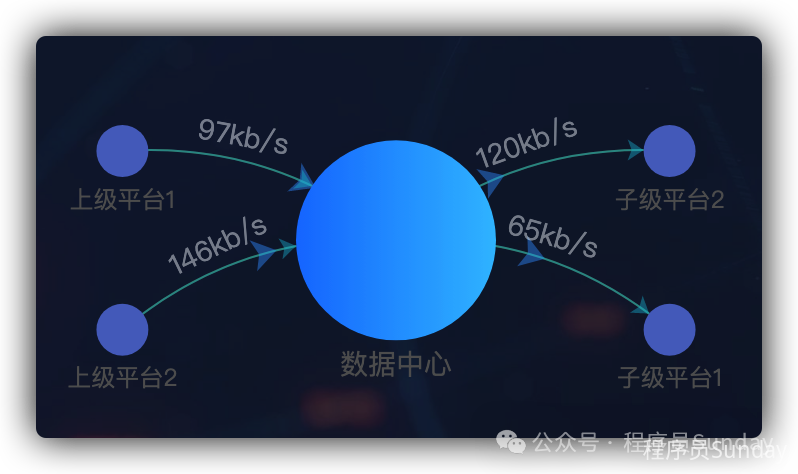Vue3 新趋势:10 个最强 X 操作!
- Vue
- 2025-06-16
- 210热度
Vue3 为前端开发带来了诸多革新,它不仅提升了性能,还提供了更简洁、更强大的 API。
以下是十个最值得学习和使用的 Vue3 API,它们将助力你的开发工作迈向新高度。
浅层响应式 API:shallowRef
在 Vue3 中,shallowRef 是一个用于创建浅层响应式引用的工具。与普通的 ref 不同,shallowRef 只会追踪其引用值变化,而不会深入到对象的内部属性。
这在处理复杂对象时非常实用,尤其当你不需要对象内部属性具有响应性时,可以显著提升性能。
import { shallowRef } from 'vue';
const data = shallowRef({ name: 'Vue', version: 3 });数据保护利器:readonly 和 shallowReadonly
readonly 和 shallowReadonly 用于保护数据不被意外修改。readonly 会将一个响应式对象转换为完全只读的对象,任何修改操作都会报错。
而 shallowReadonly 则只将对象的顶层属性设置为只读,嵌套对象的属性仍可以被修改。
import { readonly, shallowReadonly, reactive } from 'vue';
const userData = reactive({ name: 'User', details: { job: 'Developer' } });
const lockedUserData = readonly(userData); // 完全只读
const shallowLockedData = shallowReadonly(userData); // 浅层只读自动追踪依赖:watchEffect(含停止、暂停、恢复操作)
watchEffect 是一个强大的响应式 API,它可以自动追踪响应式数据的依赖,并在依赖变化时重新执行副作用函数。
与 watch 不同,它不需要显式指定依赖项,非常适合用于数据同步和副作用管理。
停止、暂停和恢复侦听器:
import { ref, watchEffect } from'vue';
const count = ref(0);
const { stop, pause, resume } = watchEffect(() => {
console.log('count changed:', count.value);
});
// 暂停侦听器
pause();
// 稍后恢复
resume();
// 停止侦听器
stop();性能优化神器:v-memo
v-memo 是 Vue3 中用于优化列表渲染性能的指令。它允许你在模板中缓存列表项的渲染,只有当指定的依赖项发生变化时,才会重新渲染列表项。
这对于频繁更新的长列表来说,性能提升非常显著。
<template>
<ul>
<li v-for="item in list" :key="item.id" v-memo="[item.id, item.title]">
{{ item.title }} - {{ item.content }}
</li>
</ul>
</template>简化组件双向绑定:defineModel()
defineModel() 是 Vue3.4 中引入的一个新 API,旨在简化父子组件之间的双向绑定。
它允许组件直接操作父组件传递的 v-model 数据,而无需显式地定义 props 和 emits。
基本使用:
<!-- 父组件 -->
<template>
<div>
<CustomComponent v-model="userName" />
</div>
</template>
<script setup>
import { ref } from 'vue';
import CustomComponent from './CustomComponent.vue';
const userName = ref('前端开发爱好者');
</script>
<!-- 子组件 -->
<template>
<input type="text" v-model="modelValue" />
</template>
<script setup>
const modelValue = defineModel();
</script>带参数/定义多个 v-model:
<!-- 父组件 -->
<template>
<div>
<CustomComponent
v-model="userName"
v-model:title="title"
v-model:subTitle="subTitle"
/>
</div>
</template>
<script setup>
import { ref } from 'vue';
import CustomComponent from './CustomComponent.vue';
const userName = ref('前端开发爱好者');
const title = ref('前端开发爱好者_title');
const subTitle = ref('前端开发爱好者_subTitle');
</script>
<!-- 子组件 -->
<template>
<input type="text" v-model="modelValue" />
<input type="text" v-model="title" />
<input type="text" v-model="subTitle" />
</template>
<script setup>
const modelValue = defineModel();
const title = defineModel('title');
const subTitle = defineModel('subTitle');
</script>顶层 await:简化异步操作
Vue3 支持顶层 await,这意味着你可以在模块顶层使用 await,而无需将其包裹在异步函数中。
这对于需要在模块加载时执行异步操作的场景非常有用。
<script setup>
const fetchData = async () => {
const response = await fetch('https://api.example.com/data');
return response.json();
};
const data = await fetchData();
</script>动态组件:< component >
动态组件是 Vue3 中用于动态渲染组件的标签,它允许你在同一个位置上加载不同的组件,从而提高用户体验。
基本用法
动态组件的核心是 <component> 标签和 is 特性。通过绑定 is 的值,可以动态渲染不同的组件。
<template>
<div>
<button @click="toggleComponent">Toggle Component</button>
<component :is="currentComponent"></component>
</div>
</template>
<script setup>
import { ref } from 'vue';
import ComponentA from './ComponentA.vue';
import ComponentB from './ComponentB.vue';
const currentComponent = ref('ComponentA');
const toggleComponent = () => {
currentComponent.value = currentComponent.value === 'ComponentA' ? 'ComponentB' : 'ComponentA';
};
</script>高级用法:异步组件
异步组件是一种可以延迟加载组件的技术,可以提高性能。
<template>
<div>
<button @click="loadComponentA">Load Component A</button>
<button @click="loadComponentB">Load Component B</button>
<component :is="currentComponent"></component>
</div>
</template>
<script setup>
import { ref } from'vue';
const currentComponent = ref(null);
const loadComponentA = async () => {
const component = await import('./ComponentA.vue');
currentComponent.value = component.default;
};
const loadComponentB = async () => {
const component = await import('./ComponentB.vue');
currentComponent.value = component.default;
};
</script>空间传送门:< Teleport >
<Teleport> 是 Vue3 中用于将组件的内容渲染到指定的 DOM 节点中的 API。
它可以帮助你解决弹窗、下拉菜单等组件的层级和样式问题。
<template>
<button @click="showModal = true">Open Modal</button>
<Teleport to="body">
<div v-if="showModal" class="modal">
<h2>Modal</h2>
<button @click="showModal = false">Close</button>
</div>
</Teleport>
</template>
<script setup>
import { ref } from 'vue';
const showModal = ref(false);
</script>隐形容器:Fragment
Vue3 中的 Fragment 允许你在模板中没有根节点,减少多余的 DOM 节点,提升渲染性能。这对于列表组件来说非常有用。
<template>
<template v-for="item in list" :key="item.id">
<h2>{{ item.title }}</h2>
<p>{{ item.content }}</p>
</template>
</template>
<script setup>
import { ref } from 'vue';
const list = ref([{ id: 1, title: 'Title 1', content: 'Content 1' }]);
</script>自定义指令:封装可重用逻辑(v-debounce 实现)
自定义指令是 Vue3 中用于封装可重用逻辑的工具,例如防抖功能。
以下是如何创建一个防抖指令 v-debounce。
import { createApp } from'vue';
const app = createApp({});
// 注册自定义指令v-debounce
app.directive('debounce', {
mounted(el, binding) {
let timer;
// 给 el 绑定事件,默认 click 事件
el.addEventListener(binding.arg || 'click', () => {
if (timer) {
clearTimeout(timer);
}
// 回调函数延迟执行
timer = setTimeout(() => {
binding.value();
}, binding.modifiers.time || 300);
});
}
});
app.mount('#app');使用示例:
<template>
<!-- 300毫秒内多次点击只会执行一次 -->
<button v-debounce:click.time="500" @click="fetchData">请求数据</button>
</template>
<script setup>
import { ref } from 'vue';
const fetchData = () => {
console.log('执行数据请求');
};
</script>Vue3 的这些强大 API 为开发者提供了更高效、更灵活的开发体验。
掌握这些工具,不仅能显著提升开发效率,还能让你的代码更加简洁和可维护。
在实际项目中,合理运用这些 API,将使你的应用性能更优、结构更清晰。无论是初学者还是有经验的开发者,都应深入学习这些特性,以充分利用 Vue3 的优势。




